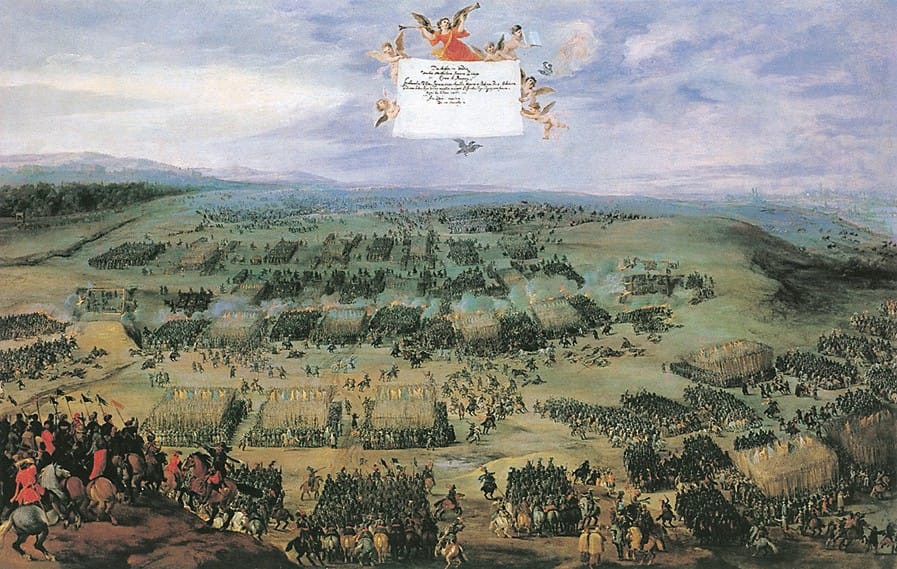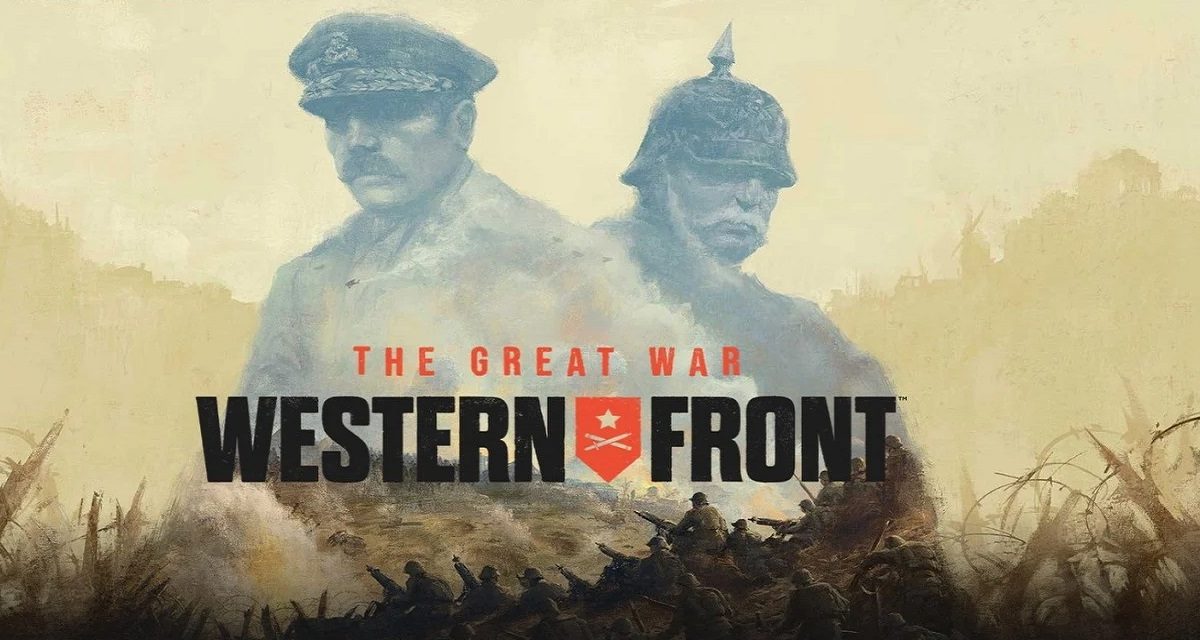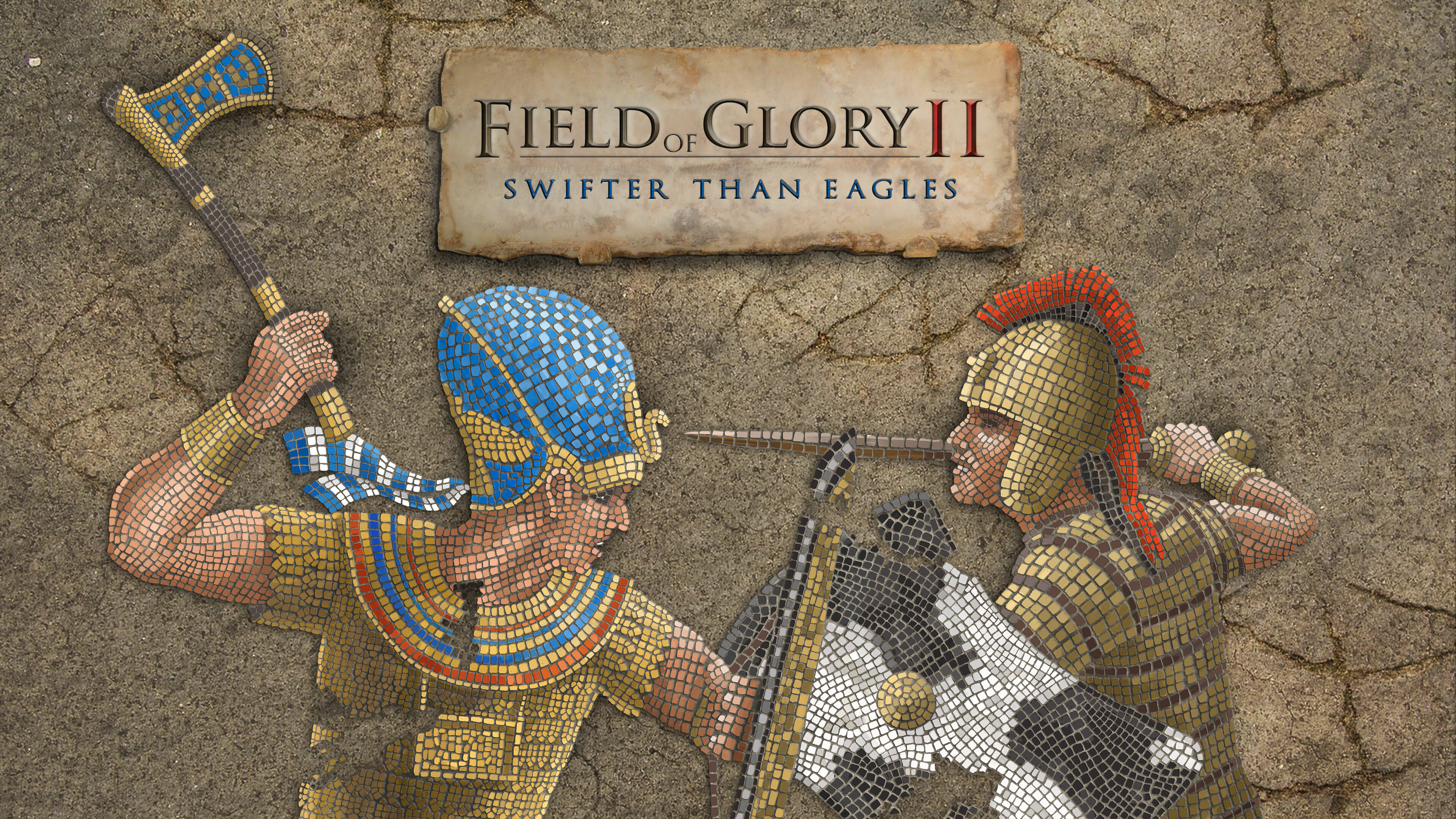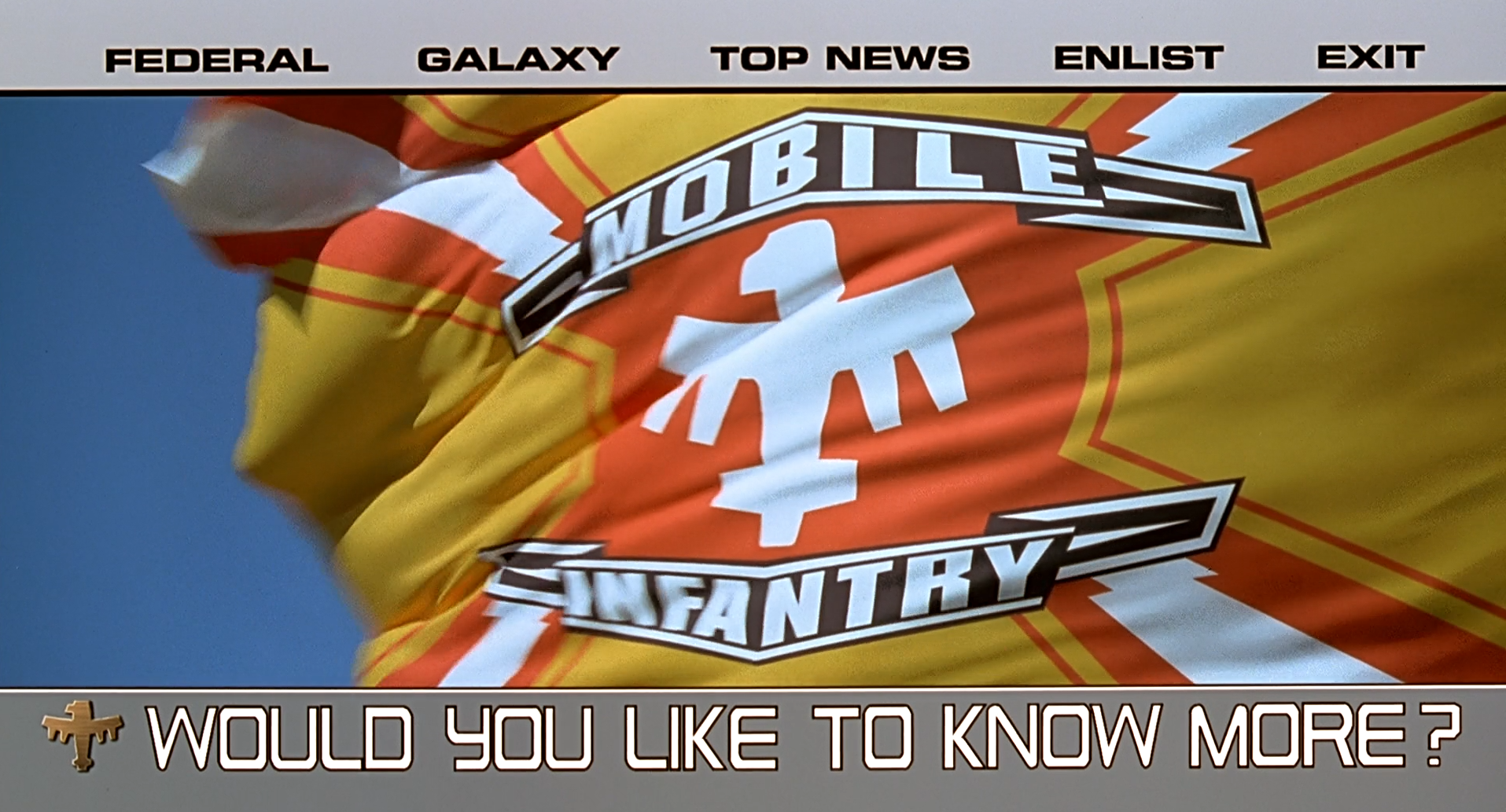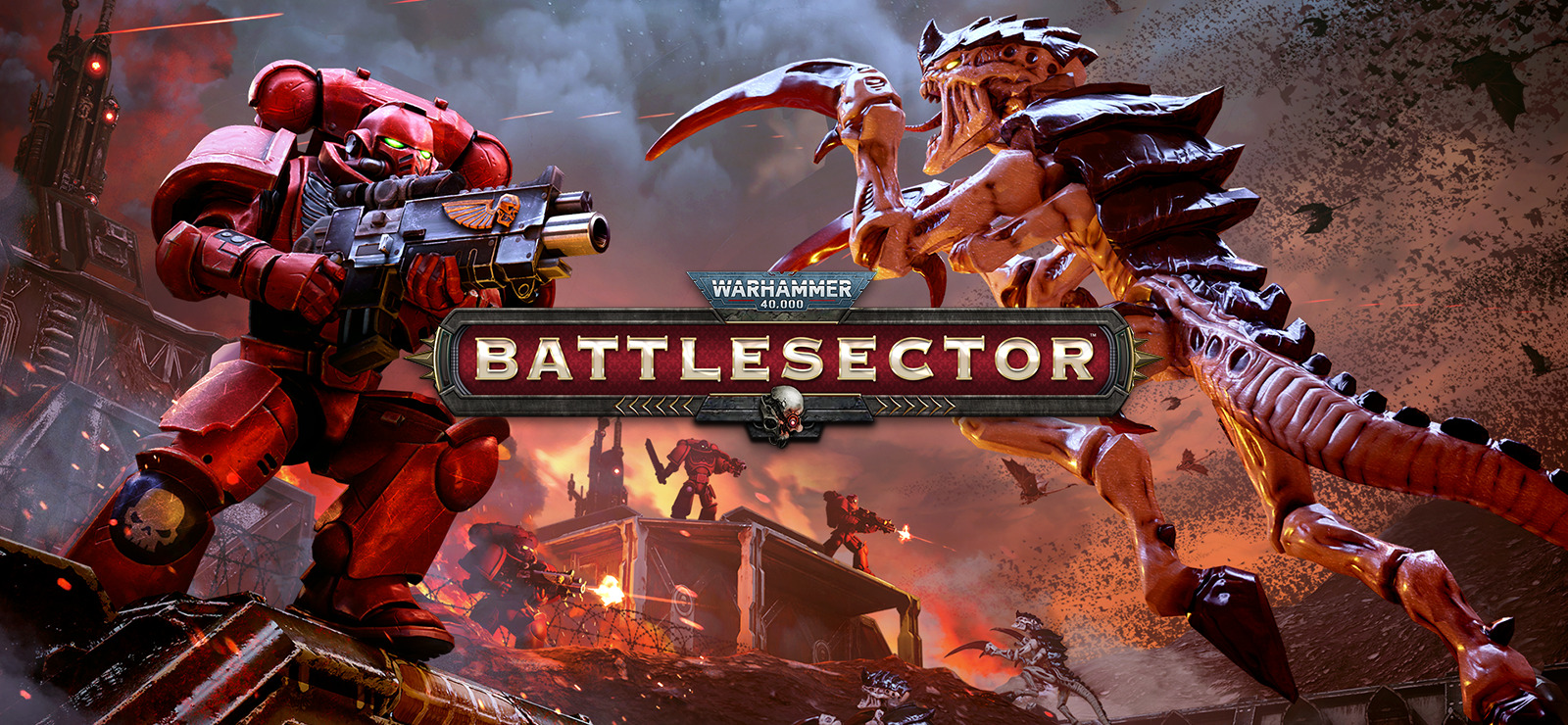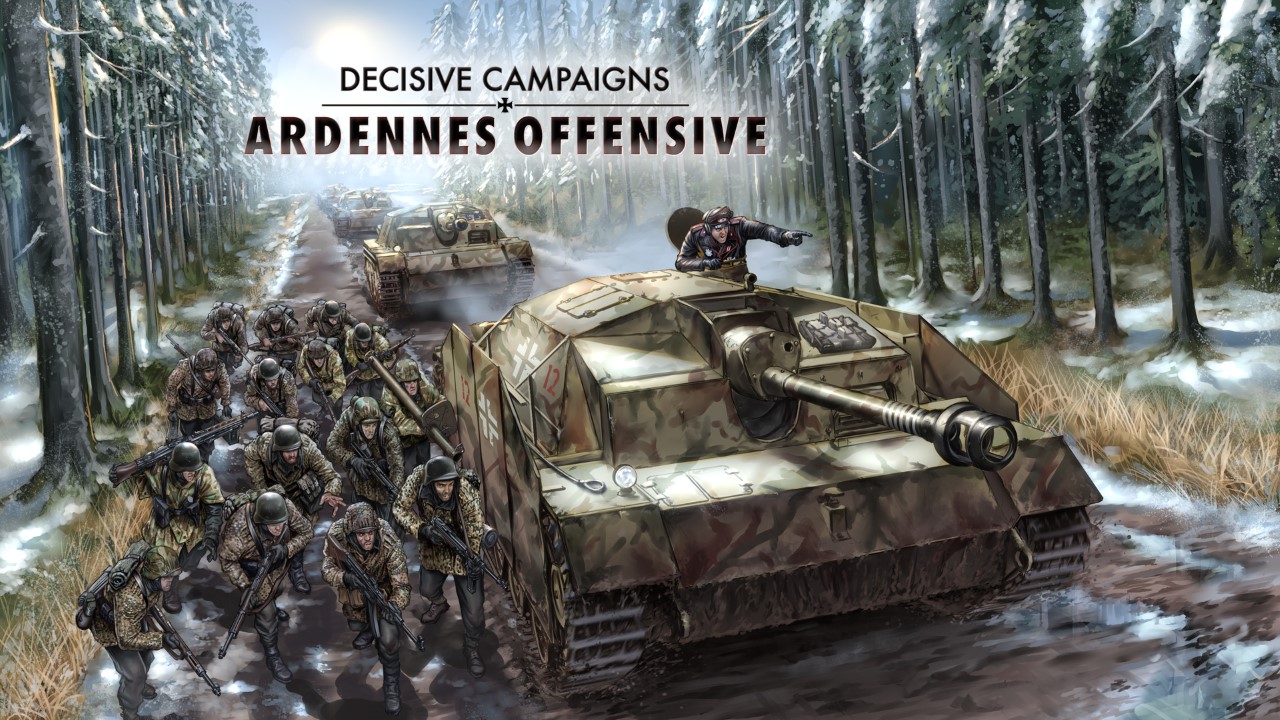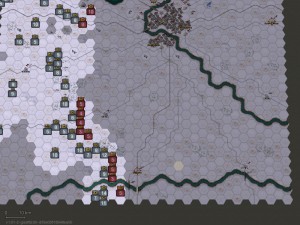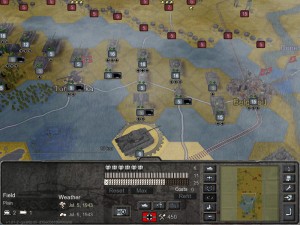Tag Archives: Cobb
RIP Dr James Cobb (April 6, 1950 – January 18, 2018)
A prolific and renowned voice has left the wargaming world ~
Brant Guillory, 16 February 2018
It is rare that the chroniclers of an industry transcend the creators to make a name for themselves, becoming a ‘brand’ on par with the best talent in their field. The best comparison might be Roger Ebert, who is as famous for his critiques of the movie industry as any filmmakers except the single-named ones (Spielberg, Lucas, Scorsese, etc).
Dr James Cobb was that man for the strategy gaming world.
In his decades of writing about the wargaming world, with reviews, after-action reports, strategy guides, and even advice on using games for teaching, Dr Cobb’s meticulous detail, coupled with an accessible voice, informed and guided (tens of) thousands of purchases for strategy gamers of all stripes.
Equally adept at reviewing traditional tabletop games, miniatures wargames, and digital games – including mobile ones – each new article from his desk was greeted by fans as a must-read for their level of detail and sophistication, while also being hailed just downright enjoyable to read. His years of experience as a player shone through in the easy way in which he was able to highlight the strengths of a game, accurately describe its shortcomings, and (most importantly) pinpoint the type of gamer most likely to enjoy a particular title, even if he personally did not.
James Cobb was a prolific writer who graced the pages of print magazines like Computer Gaming World, websites like GrogHeads.com, and outlets that planted feet in both worlds like Armchair General. It is a testament to his work that he elevated the quality of every outlet for which he wrote, and also a mark of his nose for an intelligent and receptive audience that while churning out articles at a prodigious rate, he focused their distribution through the best outlets that strategy gaming had to offer (and yes, cue the inevitable joke about slumming it with us!).
He understood how battles could shape history and why it was important to learn their lessons.
James Zabek, Dr Cobb’s editor at several of his online outlets, noted that “James was a grognard’s grog. He believed that wargames should inform, and should do so with fidelity to history. He had a brilliant mind which was brimming with with a rare concoction that only fellow wargamers can appreciate: history, war, and the written word. He understood how battles could shape history and why it was important to learn their lessons. As his editor for many years I was privileged to see first-hand not only how well he understood history, but also how well he was able to communicate it. The reviews he turned in were focused like a laser on how well a game held up as an instrument for learning, and his writing was a joy to read and edit. Editors commonly have a few tweaks and corrections for any article. James wrote in the rarefied air of writers who were able to turn in articles that required no changes.”
Dr Cobb was born in April of 1950, within days of his beloved wife. He was educated both in the US and in Germany, graduating from the university in Marburg, to go with his PhD in German Literature earned stateside. It would come as no surprise that his line forum monikers bore a distinct Prussian flavor – Bismarck here at GrogHeads and other outlets, but Moltke on some as well. Dr Cobb was hospitalized with a severe case of the flu in mid-January, and passed away shortly later. His wife Angela tragically followed him to the afterlife within the week.
As word of Dr Cobb’s passing spread, several online threads sprang up at some of the larger strategy gaming sites to share their thoughts and condolences, including here at GrogHeads. It should be clear from outpouring of both shock and support that no one saw this coming, and Dr Cobb’s contributions to the strategy gaming community will be sorely missed.
Godspeed, James, and one day we’ll share a drink on Fiddler’s Green.
Chat about it below, or in our forums, or hit our FaceBook page >>
Germany at War: Barbarossa 1941 – PC Game Review
Developer: Phobetor
Publisher: Slitherine/Matrix
Author: Jim Cobb
Panzer General has engendered many sequels, add-ons and clones over the last twenty years. All have kept the original interface’s feel and most have been interesting. Yet, historical accuracy has taken second place to ease of play and fun. With Germany at War – Barbarossa 1941, Slitherine/Matrix and developer Phobetor have refurbished their earlier Operation Barbarossa – The Struggle for Russia and have brought the genre to a higher level.
Dusty Steppes
Players used to the somewhat verdant fields of Panzer Corps may find the summer and fall terrain of the game a bit plain. Brown and tan are the dominant colors but nobody said Russia was Eden. Winter scenarios have the usual white landscape. Any aesthetic loss is made up for in clarity. Village and city names are printed on the map and terrain features including pillboxes are easily identifiable. Objectives are encircled by a gear-like symbol. Vehicle icons are slightly murky even when zoomed in but can be seen as their types. Action points determine the amount of activity possible in a turn but are distinctive enough. Infantry and artillery are portrayed well. Aircraft look fine except spinning props like a CD stuck on the plane’s nose. The strength of each unit is clearly indicated on the icon and the selected unit’s screen yields more details via tool tips. Players turned off by the icons can opt to use NATO symbols. Weather is displayed very well with sheets of rain and snow while heavy clouds swirl in the air. Animation is adequate with tanks and half-tracks moving smartly, infantry turning to meet challenges, and horses galloping.
The monotony of the steppes can cause agoraphobia.
Typical winter near Moscow.
Panzers ready to roll!
Crisis in Command I: Battle of the Bulge for iPad
Developer: John Butterfield • Publisher: Shenandoah Studios
Reviewed by Jim Cobb, 23 January, 2013
Click images to enlarge
Will a staple battle of wargaming look any differently on an iPad tablet? Jim Cobb jumps into the Battle of the Bulge to find out.
New media do not initially bring new gaming paradigms. The first wargames for computers were ports from board games; the first wargames for tablets have been ports from mainstream computer games. Other than tapping instead of mousing, play hasn’t changed that much. With Shenandoah Studio’s Kickstart-supported Battle of the Bulge, a new paradigm may have been developed.
Review of Levee en Masse
Review by Jim Cobb, 27 December 2012
Published and Developed by Victory Point Games
Yes, Virginia, there was a revolution before Napoleon. Gamers’ fixation with the Corsican ogre has obscured a fascinating period before the assumption of First Consulship in 1802. Only Crown of Glory included this period its grand overview of the period. Victory Point Games has addressed this situation by porting their solitaire boardgame over to the iPad and iPhone. Can a simple game capture a complicated time?
Paris Squares
Levee en Masse’s map shows France surrounded by the English Channel, the Low Countries, the Rhineland, western Austria, Switzerland and the Piedmont in Italy. Naturally, Paris is the center of everything. France’s external foes – Britain, Prussian, Austria, and Piedmont – start in their homelands while the perennial rebels in the Vendee are slightly misplaced in southwest France. A chain of four boxes link enemies to Paris with color guards advancing toward the Isle de France. Circles in the Low Countries and one in the Channel represent possible spots for “Liberation” armies.
PC Game Review of Decisive Campaigns Case Blue
Review by Jim CobbPublisher: Matrix/Slitherine; Developer: Victor Reijkersz GamesMost wargames set on the Eastern Front have either too much abstraction or too much detail. Can Case Blue find a sweet spot in the middle? |
GrogHeads is pleased to induct Decisive Campaigns Case Blue into the Order of the Hex, for Accessible Accuracy. Case Blue’s East Front detail doesn’t short grogs seeking accuracy, but packages its gameplay in a sleek and solid interface. |
Decisive Campaigns From Warsaw to Paris, Victor Reijkersz ’ first foray into historical operational games continues to be very popular. However, moving from the confines of Western Europe in 1939-1940 to the East Front in 1942 is like switching from the shallow end of the pool to the highest diving board at the deep end. Can Decisive Campaigns Case Blue make the transition?
Informative Eye-Candy
Although Case Blue may visually resemble From Warsaw to Paris, many changes to all aspects of play are evident. The zoomable map is a typical board-game type map with forty-km hexes and weekly turns. Each hex has a stacking limit over which units lose combat efficacy. Units are regiments, headquarters, and air groups. Smaller specialized units are also available. Combat units on the map have NATO symbols along with indicators for seven values such as readiness, and supply. Headquarters are marked with national flags, supply status and the all-important command points.


